How to Get Rid of Pink Mold in Your Shower for Good

By Brooke Ressell
There’s nothing quite like getting into a steamy hot shower to wash away all of the dirt, sweat, and stress of a long day. But while you’re soaking your tired muscles under the gloriously warm water, you look down and spot pink mold hiding in between your grout lines and congregating at the bottom of your shower curtain. Yuck!
Pink mold, or pink mildew as it’s also known, is unsightly, to say the least. You certainly can’t get clean in a tub or stand-up shower that isn’t clean itself. And pink mold can quickly spread over all of your other bathroom surfaces as well—its pink and orange hues suddenly lining your shower, tub, sink, toilet, and tiles.
Trust us, you want to get rid of the pink bathroom mold fast before it sprawls itself out even further. In fact, failing to do so can actually make your entire family sick, including your pets, so there’s simply no time to waste.
Fortunately, we’re here to help you learn how to get rid of pink mold immediately. Follow the simple steps we’ve outlined to clean pink mold, and your next shower or bath will be utterly relaxing—just the way it was intended to be.
Photo via Shutterstock
What Causes Pink Mold?
Interestingly enough, pink mold is not mold at all—it’s actually a water-borne bacterium. The bacteria that cause pink mold are called Serratia marcescens, which can be found in soil and water as well as in the digestive, respiratory, and urinary tracts of the human body. This bacteria can be transferred to surfaces in your home through poor hygiene practices.
Serratia Marcescens ingest mineral and fatty deposits in personal care products such as soaps and shampoos and thrive in warm, moist environments and produce a reddish pigment at room temperature—i.e. pink mold.
In essence, Serratia marcescens is bacteria that you come into contact with throughout your regular day. They are then transferred to your household surfaces through normal daily activities such as washing up and relieving yourself in the bathroom.
Is Pink Mold Dangerous?
Pink mold itself is not considered to be dangerous per se, but it can lead to some health consequences you’ll want to avoid.
As previously mentioned, you actually do come into contact with Serratia Marcescens regularly, but this type of bacteria does not cause you to get sick until it enters your body through your eyes, mucous membranes, or open wounds. And once Serratia Marcescens enters your body in this way, it can cause a serious infection such as:
- Bacteremia
- Biliary tract infections
- Cellulitis
- Endocarditis
- Eye infections
- Meningitis
- Necrotizing fasciitis
- Osteomyelitis
- Pneumonia
- Septicemia
- Urinary tract infections
- Wound infections
While most cases of infections caused by Serratia Marcescens can be treated by a doctor, serious cases that affect the brain or heart can lead to death in people who are already immunocompromised. So, all in all, it’s best that pink mold is eradicated from your home entirely.
Photo via Kimberly Button
How to Get Rid of Pink Mold with Vinegar
Luckily, you can clean pink mold in your shower or on other household surfaces before it causes any health issues for your family and your pets. Here, we’ll show you how to get rid of pink mold with vinegar.
Tools and Materials Needed:
- Rubber gloves
- Safety glasses
- Mask
- Spray bottle
- Distilled white vinegar
- Water
- Scrub brush
Step 1: Put On Protective Gear
Always wear rubber gloves, safety glasses, and a mask before you begin cleaning any household surfaces that have pink mold on them.
Step 2: Mix Vinegar Solution
In an empty spray bottle, mix equal parts white distilled vinegar with equal parts water.
Step 3: Spray Surfaces
Next, spray any household surface that is affected by pink mold with the vinegar and water solution that you just made.
Step 4: Allow It to Soak In
Allow the vinegar and water solution to really soak into the affected surface. In most cases, ten minutes is plenty of time for the vinegar and water solution to start breaking down the pink mold biofilm. However, more stubborn areas may need up to an hour for the solution to fully soak in.
Step 5: Scrub Your Household Surfaces
Once the solution has fully soaked in, use your scrub brush to remove the pink mold biofilm from your household surface entirely.
For stubborn or hard-to-clean areas, spray a second coat of the vinegar and water solution, allow it to soak in, then scrub the entire surface with your scrub brush a second time.
Step 6: Rinse Well
Lastly, rinse the entire surface with warm water.
How to Get Rid of Pink Mold with Borax
Vinegar isn’t the only common household product that you can use to eliminate pink mold from your house. Here we’ll show you how to get rid of pink mold in your shower, bath, sink, or toilet using borax.
Tools and Materials Needed:
- Rubber gloves
- Safety glasses
- Mask
- Spray bottle
- Borax
- Water
- Scrub brush
Step 1: Put On Protective Gear
The last thing you want is to contract an infection while attempting to eliminate pink mold from your bathroom. So, protect your eyes, lungs, and skin by wearing safety glasses, a mask, and rubber gloves.
Step 2: Mix Borax Solution
Mix one cup of borax per one gallon of water. Then, fill an empty spray bottle with your homemade solution.
Step 3: Spray Surfaces
Next, spray any household surfaces that currently have pink mold on them or come into direct contact with other surfaces that do.
Step 4: Allow It to Soak In
Allow enough time so that the borax and water solution can fully soak in and start to break down any pink mold. Depending on how much pink mold is currently growing in your bathroom, wait anywhere from ten minutes to one full hour before moving on to the next step.
Step 5: Scrub Your Household Surfaces
Using your scrub brush, scrub any areas coated in your borax and water solution, removing pink mold as you go.
If any pink mold remains, repeat Steps 3-5 until you’re able to remove it all.
Step 6: Rinse Well
Lastly, be sure to rinse clean the entire bathroom surface with warm water.
How to Remove Pink Mold on Shower Curtains
Of course, grout lines aren’t the only places pink mold loves to congregate in. Your shower curtain and liner harbor lots of moisture, making them ideal environments for this bacteria to grow. Here we’ll show you how to get rid of pink shower mold that is growing on the shower curtain and liner themselves.
Tools and Materials Needed:
- Rubber gloves
- Washing machine
- Dryer (optional)
- Laundry detergent
- Hot water
Step 1: Put Rubber Gloves On
Before removing your shower curtain and liner from the shower curtain rod, protect your skin by wearing rubber gloves.
Step 2: Remove Shower Curtain and Liner
Remove both the shower curtain and the liner from the shower curtain rod.
Step 3: Wash the Shower Curtain and Liner
Place both the shower curtain and liner into your washing machine, add laundry detergent, and begin a regular wash cycle with hot water.
Step 4: Dry the Shower Curtain and Liner
You should only use your dryer to dry shower curtains and liners that are made with fabric. Any plastic shower curtains or liners—or even fabric ones whose tags state that they need to air dry—can be dried by hanging them directly on the shower curtain rod itself, on a clothesline, or on a drying rack.
Step 5: Hang the Shower Curtain and Liner
Once both the shower curtain and liner are fully dry, hang them back on the shower curtain rod by shower curtain hooks.
Photo via Home Repair Tutor
How to Prevent Pink Mold Growth
Learning how to get rid of pink mold in the bathroom is certainly helpful, but did you know that there are everyday action items you can take care of to help prevent pink mold growth in the first place. Here are 13 tips for preventing pink mold growth in your home:
- Wash your hands thoroughly every time you use the restroom.
- Turn exhaust fans on before you bathe and keep them running afterward until the extra humidity has dissipated.
- Close bathroom windows before you start to bathe.
- Use a squeegee or towel to dry your tub or shower after every use.
- After each shower or bath, close the shower curtain and liner so that they can dry quickly.
- Wash your tub or shower weekly, making sure to remove all soap scum, personal care products that have splashed or spilled onto surfaces, and any mineral buildup.
- Spray surfaces with a bleach or vinegar solution after scrubbing them.
- Rinse and dry surfaces well after each weekly cleaning.
- Launder your shower curtain and liner monthly.
- If you notice any plumbing leaks on the showerhead or faucet itself, have them fixed immediately.
- Consider purchasing an antimicrobial shower curtain liner.
- Throw away old shower curtains and liners and replace them with new ones as needed.
- Remove any bathroom carpeting and only use bathroom rugs that dry quickly.
Have you tackled pink mold in your bathroom? Let us know how you got rid of it in the comments below!
Enjoyed the project?
Comments
Join the conversation
-
 Emingcas
on Aug 30, 2024
Emingcas
on Aug 30, 2024
Pink mold in the shower can be such a hassle. I had a similar issue last year and tried a bunch of DIY solutions, but nothing seemed to work long-term. Eventually, I called Mississauga Mold Removal, and they did an amazing job. They handled everything from identifying the source to cleaning it up thoroughly. Now, my shower looks as good as new and I don’t have to worry about mold creeping back. If you’re struggling with pink mold, it might be worth getting a professional to take a look and make sure it’s fully taken care of.
-
-



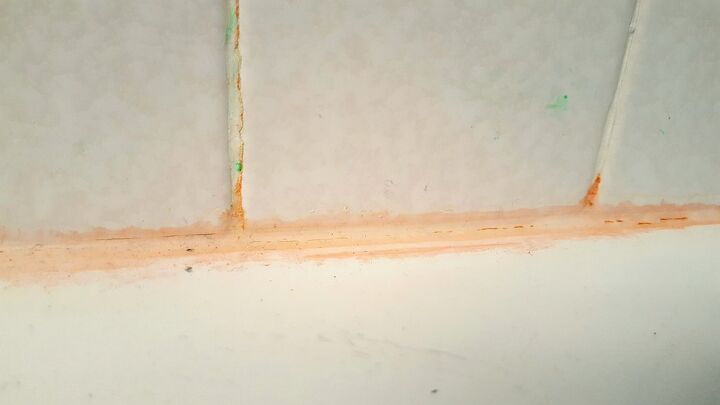


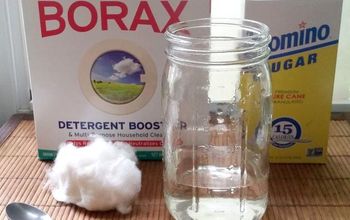
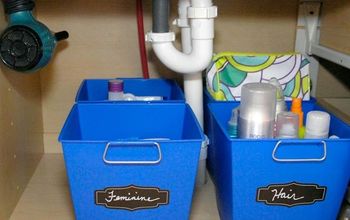



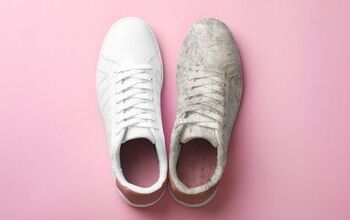
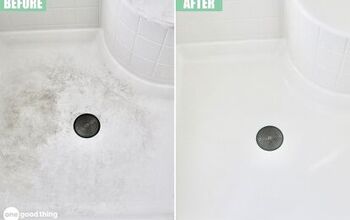
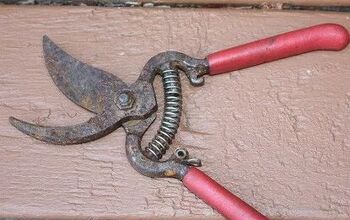


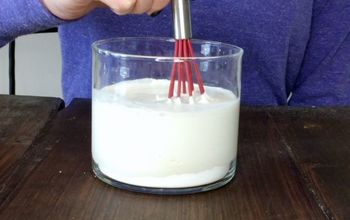


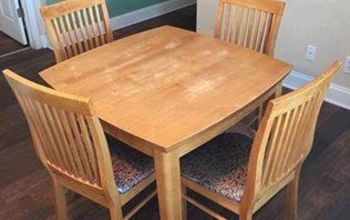
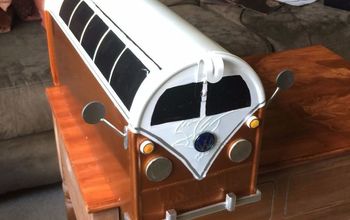
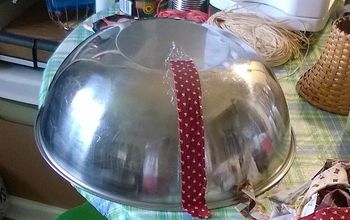
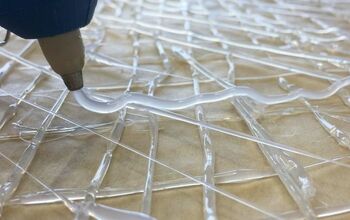
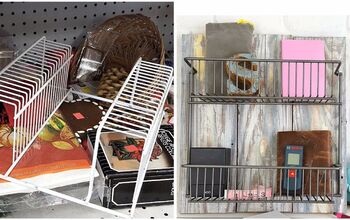

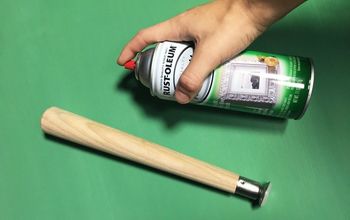
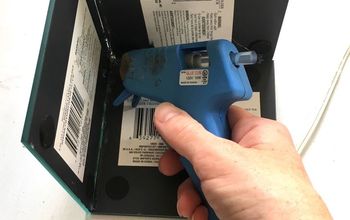
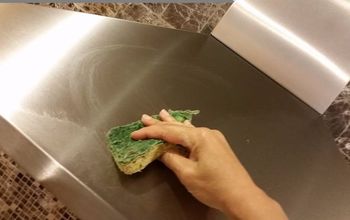
Frequently asked questions
Have a question about this project?